Tides of change: Rising sea levels threaten homes on pristine paradise of Palau
As Singapore looks to develop initiatives to deal with rising sea levels brought on by climate change, CNA visited the tiny Pacific island nation of Palau, where people are already dealing with the daily reality of encroaching waters.
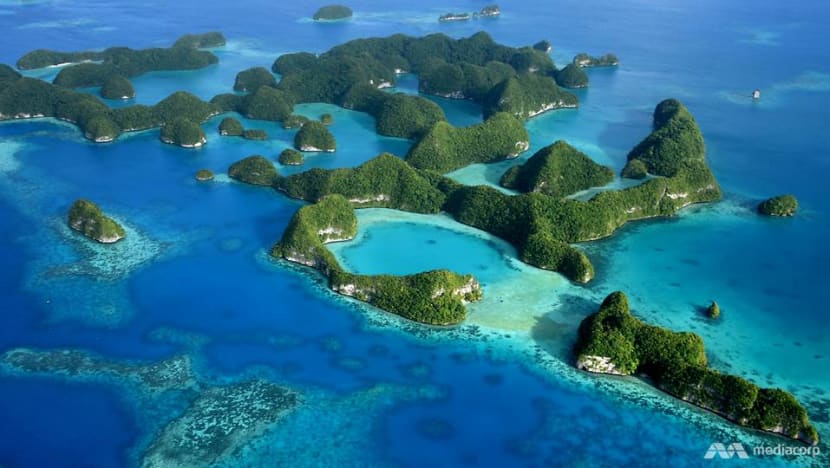
An aerial view of some of Palau's islands. (Photo: Matthew Mohan)
BABELDAOB, Palau: It went on and on.
One hour ticked into two, two hours turned into three, and three hours threatened to become a serious cause for concern.
As the hard raindrops of an afternoon downpour descended on the brackish water of the mangroves, the tide too began to rise.
Huddled in her home, Madam Remiang Skebong was about to feel the ripple effects of climate change.
“The water was coming and you could not stop it,” said the 59-year-old, recalling the 2017 flooding incident which particularly affected her home in her village of Orodmel, Palau.
Located in the Western Pacific Ocean, Palau is a country which consists of an archipelago of islands east of the Philippines.
Palau is around half the size of Singapore, and shares maritime boundaries with the Philippines, Indonesia and the Federated States of Micronesia.
As Mdm Skebong stood in ankle-deep water in her living room, it was clear no amount of soaked towels could stem the flow.
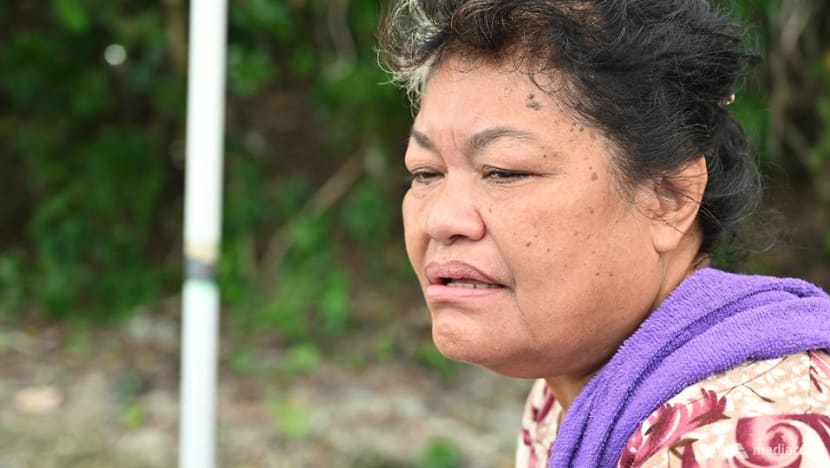
READ: As fish and coral disappear, Palau faces the economic realities of climate change
READ: Palau calls on ‘big brothers and sisters’ in the global effort against climate change
“We were praying that the rain would stop and the tide would go down,” she said. “(But) it went inside the house, all the way in.”
On the road across from her home, a car got stuck, halted in its tracks by the rising waters.
“Of course we were scared and we didn’t know if it was going to get higher or lower,” she added. “We were very lucky, the rain stopped and the tide went down a little."
That incident was the first time the realities of climate change hit home for the small village community – but it is unlikely to be the last.
Said Mdm Skebong: “The rain is not normal like before ... and the tide is not normal like before. It’s different, it’s really different.”
“YOU CAN SEE SHOES AND SANDALS FLOATING”
As with a number of low-lying islands in the Pacific, Palau is particularly susceptible to rises in sea level.
While the Intergovernmental Panel on Climate Change estimates that that sea levels will rise globally anywhere between 26cm and 82cm by the end of the 21st century, in the western Pacific Ocean, sea levels have risen by up to three times more than the global annual mean since the early 1990s.
The fact that 25 per cent of Palau’s landmass is less than 10m above sea level means that the island nation could soon face an existential crisis.
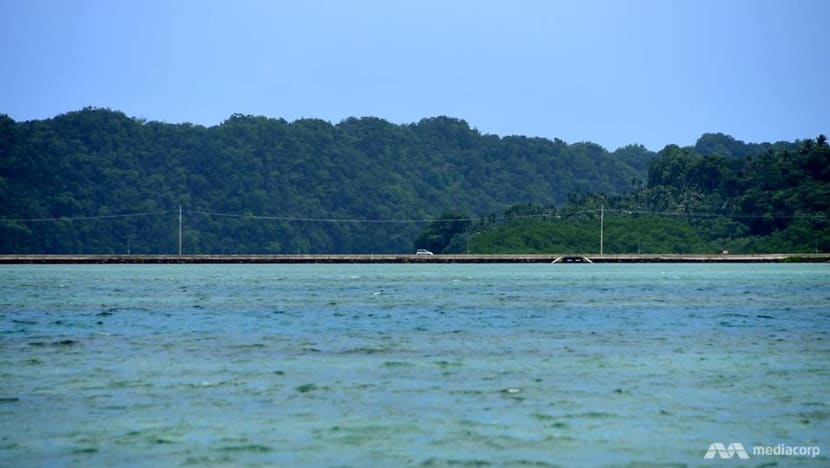
Quoting research by the Pacific Islands Regional Climate Assessment (PIRCA), Mr Xavier Matsutaro, head of Palau’s office of climate change, said the island nation could face a sea level rise of anywhere from 1.4 to 6.4 feet (42-195cm) by 2100.
“Some projections are (even) stating that it might could go well over 10 feet,” he added. “To be honest, and to be straightforward about it, they (coastal communities) will be inundated.”
In Palau’s main town of Koror, some residents living on the coast have begun to experience sea water encroaching onto land, creeping closer to homes and threatening to destroy communities if the tide cannot be turned.
A two-minute drive away from the main street is the hamlet of Dngeronger, which has nothing but mangroves to separate a number of its homes from the Pacific.
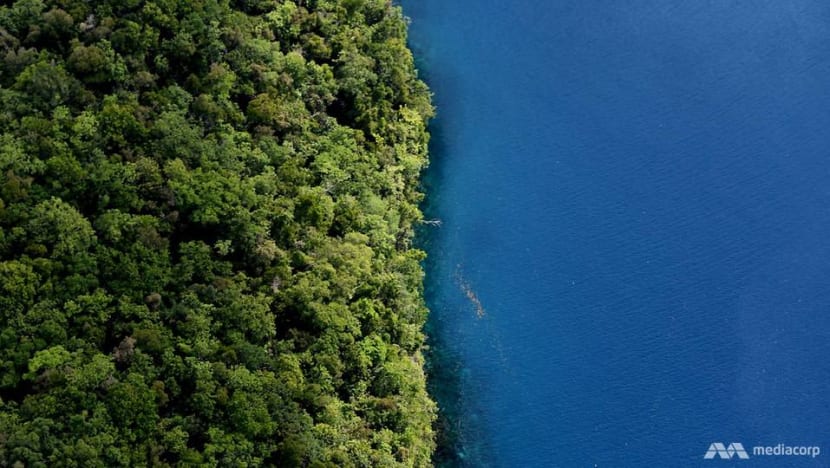
A resident of the tiny community, Mr Jack Meltel believes the effects of climate change in the area are clear for all to see.
He remembers how, as a child, he would leap 2 metres off the local pier into the sea at high tide. But now high tides can see the ocean rise enough to partly submerge the concrete structure.
“(During the high tide), you can see shoes and sandals from some houses floating around," said Mr Meltel, who was born and raised in Dngeronger before leaving to study in the US. "It's totally different now."
"You have to secure your stuff by the houses because it can float away - even the cars you park on the side because water can enter them.”
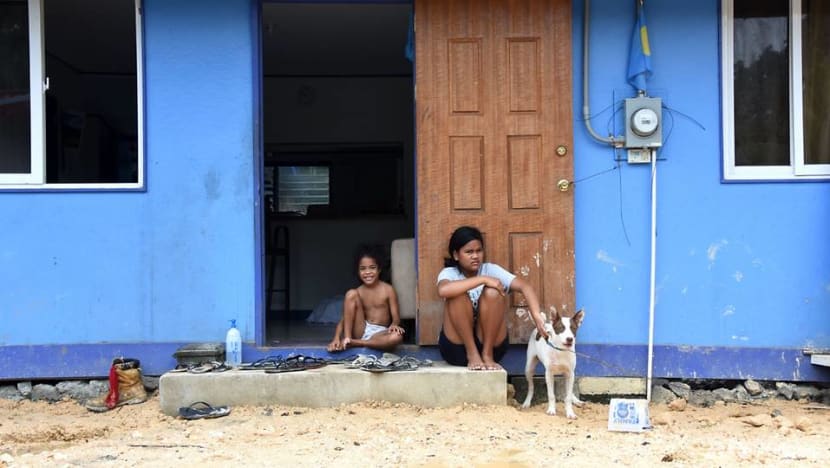
A stone’s throw away is the home of Edward Tavao. He was trying to raise the level of his driveway by adding layers of sand when CNA visited on an overcast afternoon last month.
Mr Tavao explained: “I just brought in this yellow sand last Friday to raise the ground so that when the tide comes up, my vehicle will not be wet.”
With his back door facing the mangroves, Mr Tavao’s home is vulnerable and has been inundated by sea water in the past.
“The tide was coming in, inside the house, half of the house from the kitchen,” recalled Mr Tavao, who moved to the neighbourhood over two decades ago. “I was worried about my kids having to see the problem as they grew up, so I raised the house.”
Further east in the hamlet of Iyebukel, eight solid slabs have been placed on the caked mud, a makeshift path that 15-year-old Morris Barcinas uses so he can get home from school without getting wet.
“When it’s low tide, there’s a chance we can cross,” he explained matter-of-factly. “Most of the time we hurry up because the water will come in.
“Our house is kind of older and there are a few holes so sometimes the water can come in. My mother is thinking of relocating.”
LIVESTREAMING IN THE FLOOD WATERS
While locals have suffered from the very real consequences of climate change, they have tried to remain resilient, delegate of Koror state Mengkur Rechelulk told CNA.
“They have tried to work around it, I know a house here that had to jack up the house ... there was no other way so they had to do that,” said Mr Rechelulk.
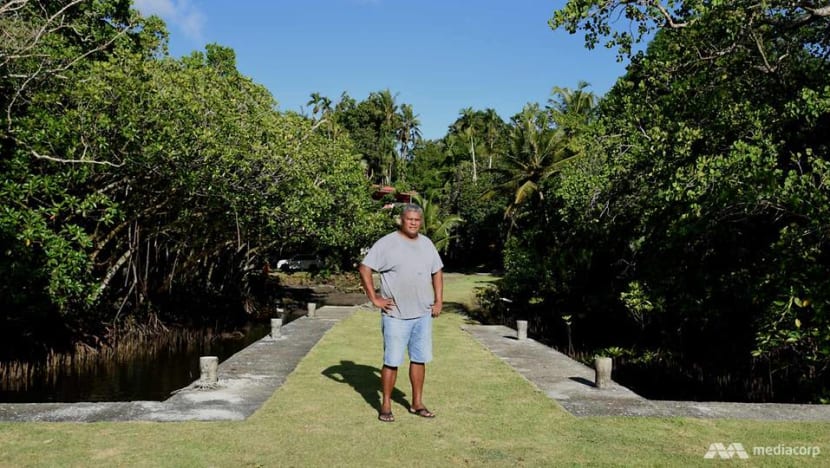
READ: Tides of change - From fighting against the seas to living with it - How the Netherlands kept itself dry
READ: Tides of change - Amid rising sea levels, the Dutch float new initiatives with farms and more homes on water
“These are people who work with their own hands and they are really good at this. They will find a way to get around it, they will adjust to it, but for how long?
“How long can you keep up with the tide?”
To raise awareness of the issue, some have even gone to the extent of going "live" on Facebook when the extreme high tides strike every month, he added.
Palau President Tommy Remengesau is well aware of the potential issues brought about by climate change and rising sea levels - it is literally happening in his own backyard.
Speaking to CNA, Mr Remengesau described how his garden now gets flooded during high tide.
“Our backyards used to be at about sea level (but) now given high tide, salt water overcomes the barriers and literally floods our backyards,” he explained.
READ: Fending off the floods – 5 things to know about polders and how they could work in Singapore
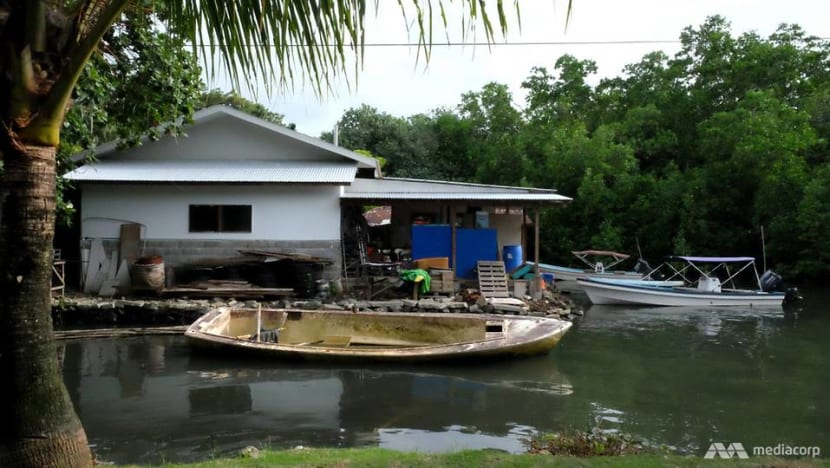
“Gardening is not possible in our case, we used to garden. Plants in vases ... we have to remove them. That's happening all across the coastlines and neighbourhoods.”
Calling it a “disturbing” issue, the president described how within his lifetime the highest tides have gone from a rise in sea level of 1.5m to around 2.25m.
For some living along the coast, they must relocate now before it is too late, added Mr Remengesau.
“Just in the past 15 to 20 years, we have really seen a dramatic increase in the sea level,” he explained. “Unfortunately, either you move to higher ground or you erect barriers to contain the water from coming in.
“But what can you do? You have to move, you have to do something - it can’t be the same status quo as before.”
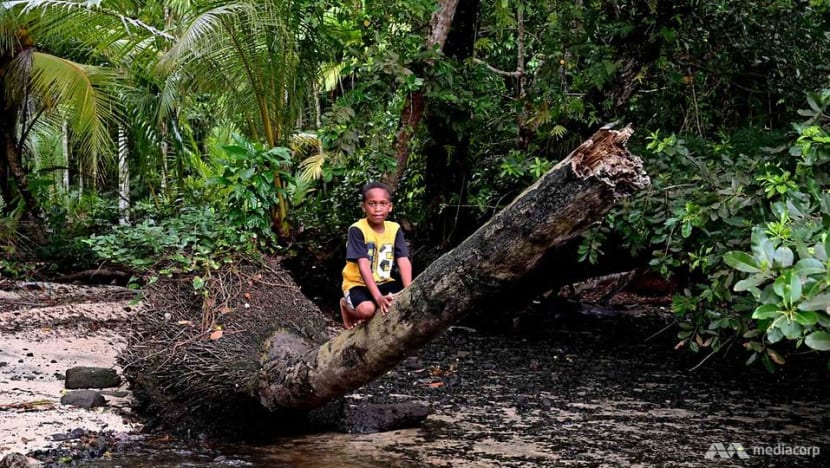
The Palauan government has taken action, setting up a national programme providing subsidised loans to relocate families.
Said Mr Remengesau: “They have to relocate to higher grounds, they have to elevate their existing structures. Even in some places they are building kind of water walls to prevent more incoming tide, it's going to be quite expensive to deal with it.”
This could possibly mean Palauans relocating from one state to another, due to the scarcity of land in Koror, which also functions as a tourist hub for travellers.
But moving has an emotional cost.
“You hate to move away from either a leased land or clan land and look for new areas to build your home, because properties are scarce, it's expensive and as much as possible, people want to stay where their roots are, “ said Mr Remengesau.
Back in the quiet hamlet of Orodmel, Mdm Skebong is staying put for the time being.
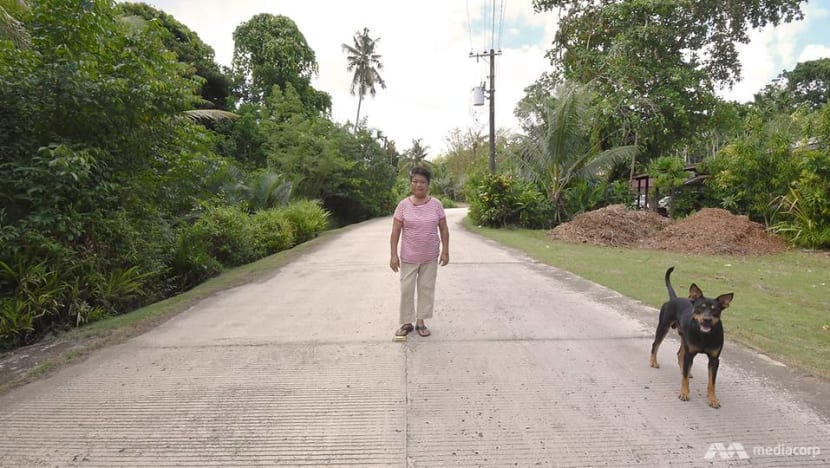
She mused: “We wonder: 'Why it is like that, what is happening?' Sometimes we joke: Maybe the ice in Alaska has already melted.
“Since it happened, now when it is raining, we’re looking at the tide.”
Her family is also planning on building a retaining wall around the front perimeter of their property to guard against future floods.
“We have to do it, otherwise we cannot go to sleep at night.”












